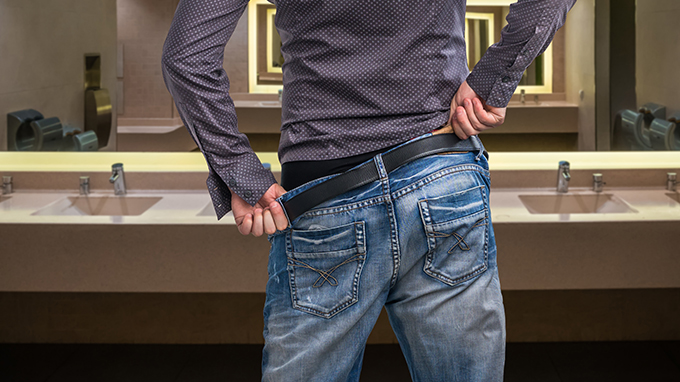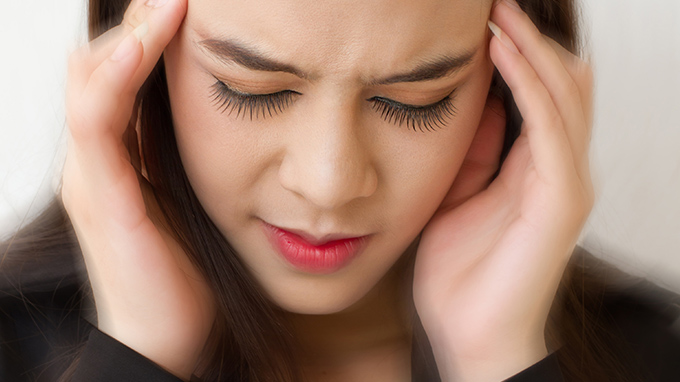There are several clinical stages of ischemic femoral head necrosis
There are many international stages for ischemic femoral head necrosis. The Association Research Circulation (Osseuse, ARCO) The stage recommended in 1992 is considered to be a more reasonable classification system, which divides bone ischemic necrosis into:

0: bone biopsy results are consistent with ischemic necrosis, but all other examinations are normal;
Stage Ⅰ: Bone scan or MRI is positive for one or both, the lesions are divided into medial, central and lateral according to the location. Among them, the scope of stage Ⅰ-A is smaller than that of femoral head 15% 15% of the femoral head ~ 30%, the scope of stage Ⅰ-C lesion is larger than that of femoral head 30%;
stage Ⅱ: abnormal radiographic examination (marked appearance of femoral head, bone sclerosis, cystic changes, Bone sparseness), X-ray examination and CT scan showed no signs of femoral head collapse, bone scan and MRI were positive, acetabulum did not change, and the lesions were divided into medial, central, and lateral according to the site, of which stage Ⅱ-A lesions were smaller than the femoral head 15%, stage Ⅱ-B lesions account for 15% ~ 30%, the scope of stage Ⅱ-C is larger than that of femoral head 30%;
stage Ⅲ: Crescent sign can be seen on the X-ray, and the lesions are divided into medial, central and lateral according to the location. Among them, the range of stage Ⅲ-A lesions is less than 15% of femoral head, or the collapse of femoral head is less than 2 mm, and the range of stage Ⅲ-B lesions accounts for 15% ~ 30%, or femoral head collapse between 2~4 mm, stage III-C lesion range is greater than 30%, or femoral head collapse is greater than 4 mm;
Stage IV: On the X-ray, the articular surface was flattened, the joint space was narrow, the acetabular bone was hardened, cystic, and marginal osteophytes were formed.
Recently, Joern A study reported by Ludwig described in detail the advantages of high-energy shock waves in treating avascular necrosis of the femoral head. He studied 22 patients who received high-energy shockwave therapy (according to ARCO classification: 5 hips in stage I, 8 hips in stage II, 8 hips in stage III, and 1 hip in stage IV). Among them, 12 men and 10 women People; 9 left hips, 13 right hips; average age: 54.9 years (+/- 12.3 years).
After one year of treatment, the Harris necrosis femoral head Harris score increased from an average of 43.3 to 92. After one year of treatment, 4 patients were completely cured by MRI follow-up, 6 patients had a significantly reduced necrosis zone, only 4 Patients had no obvious improvement, and the pain was alleviated in patients with no obvious improvement of necrosis zone on MRI. He believes that this treatment method has a satisfactory effect. Some domestic scholars have conducted research in this area and think it is important significance.
Related Articles

- New treatment methods for spinal surgery
- There are often some elderly people in the clinic. Due to osteoporosis, fractures can occur due to small external forces. Especially osteoporotic spine compression fractures, this disease
- 2020-08-03

- Beware of the cold in the hot summer
- The title of this article may be surprising-since it is a hot summer, it is too late to get cold, how to get cold. In fact, in the hot summer, there are many patients in the orthopedic cli
- 2020-08-03

- How to protect the lumbar spine
- Our lumbar spine is very important to us, the first is to play a supporting role for our entire body, so that we can move freely. So how should we protect the lumbar spine in daily life? Th
- 2020-08-03

- Improve your bones before it starts to hurt
- Low back pain may be because of the posture of the body. Many people''s inexplicable back pain actually comes from incorrect posture.
- 2020-08-03

- What should I do if the old man falls
- It is winter, and it is inevitable that you will encounter a passerby falling, especially the elderly who accidentally fall, and you need some precautions when reaching out for help.
- 2020-08-03

- How to prevent osteoporosis scientific exercise
- Although exercise, calcium supplementation, and active vitamin D are complementary in the early prevention of osteoporosis, the important position of exercise should be emphasized, that is,
- 2020-08-03
